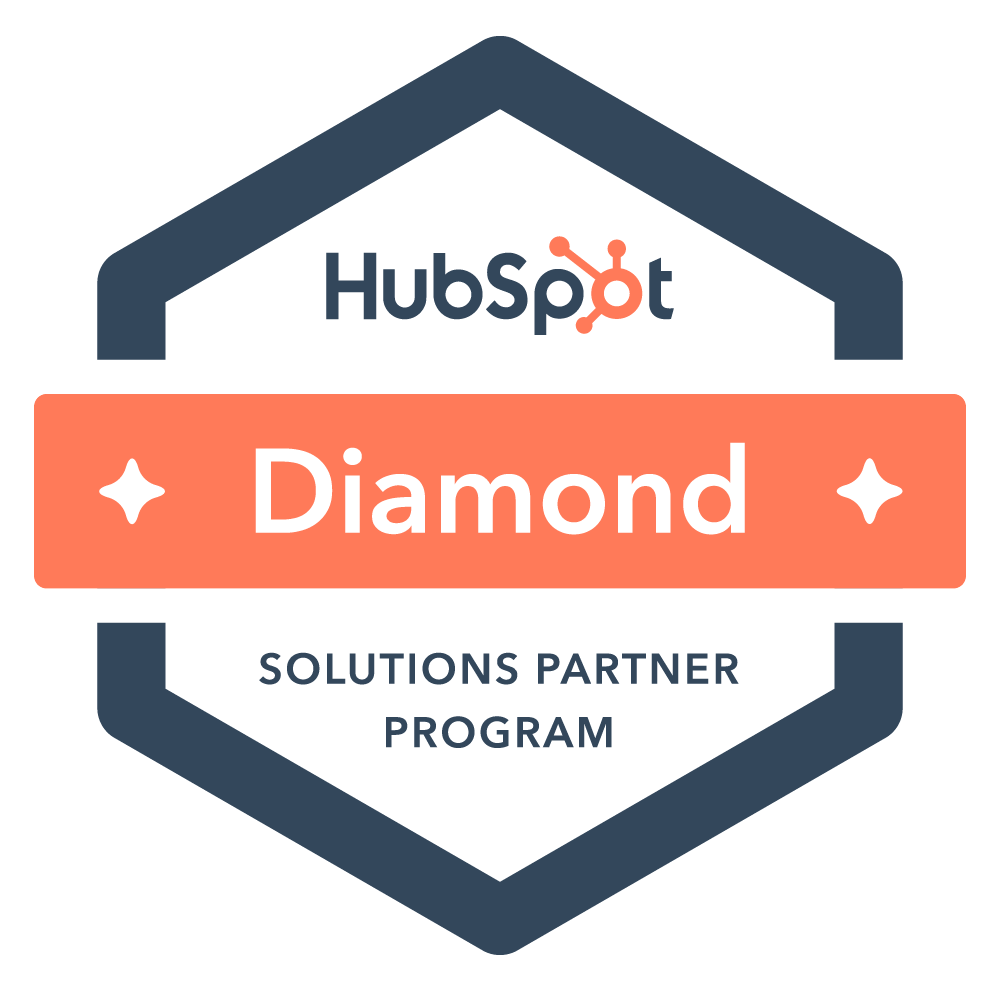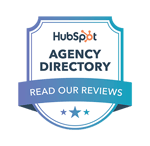Are paid ads compatible with an inbound strategy?


Instant classic. Unbiased opinion. Seriously funny. Inbound advertising?
Maybe it’s time to rethink that last one. It turns out inbound advertising may not be an oxymoron after all.
For a long time, it was considered almost unthinkable to include paid advertising in an inbound marketing strategy. After all, banner ads and pop-ups have caused so much annoyance to so many people that most inbound marketers feared that advertising would turn potential customers away. Instead, they focused their energy on creating content, optimizing it for search engines, and sharing it on social media.
But then HubSpot started making warming sounds about the potential of paid social media advertising, leaving many marketers to scratch their heads in confusion. A company that had built its brand in opposition to intrusive advertising tactics suddenly gave its blessing for marketers to dip their toes into the world of paid ads. How could those two ideas possibly be compatible?
Believe it or not, there is an inbound way to advertise— one that ultimately results in a delightful experience for leads and customers. Getting it right depends on using the correct tactics. Here are some things to keep in mind as you start creating room in your budget for advertising:
Be strategic
Start with a strong SEO/organic traffic system in place first. Unless you’re in a brand-new industry with no search traffic, you should already be using regular keyword research and optimizing your content so that your audience can easily find you. If these tactics are providing more leads than you can handle, it may not be time to expand into paid ads. But if, like many other marketers, you’re creating useful and optimized content and finding that those tactics alone aren’t filling your sales pipeline, it may be time to experiment with some paid social ads.
Start with the end goal in mind. Your metrics for success with social ads should not always be based on the number of clicks or likes, even though those may be the first numbers you see move. Your ultimate goal for every part of your inbound program, including social ads, is to increase the number of qualified leads that connect with you.
Stay focused
In order to get the most qualified leads possible, it’s important that you’re advertising to the correct, highly-targeted group of people. This starts with knowing what makes your personas tick. Where do they hang out online? What specific problems can you help them solve? Your advertising strategy should focus on that specific audience.
For advertising to complement an existing inbound strategy, it has to be narrowly focused. Unlike traditional online advertising, your goal is not to shout a broad message into the void in an attempt to get as many eyes on your content as possible. Instead, you should be trying to gently introduce useful information to someone who might need what you’re offering by being in the right place at the right time.
Start small and iterate
In order to ensure that your advertising stays compatible with your other inbound efforts, it’s important to start small and gradually increase your budget as you find what resonates. Start with several different versions of your ad copy and images so you can compare which ones are most appealing to your audience. This information can help guide your ad program as you move forward. The data you gather from your early advertising efforts can also help you refine your audience so that you’re only paying to get in front of the exact right people.
Intrusive advertisers generally don’t have a detailed strategy or a narrow audience in mind. What they’re after is attention, and the more of it, the better. That means instead of a targeted and cost-effective ad campaign that converts, they’re spending a lot of money to get in front of as many people as they can.
In contrast, smart marketers can make their advertising efforts inbound-compatible and highly effective by letting their goals and data drive every decision. With even a small budget, inbound marketers can see some impressive results from social ads in coordination with an existing inbound marketing program.





